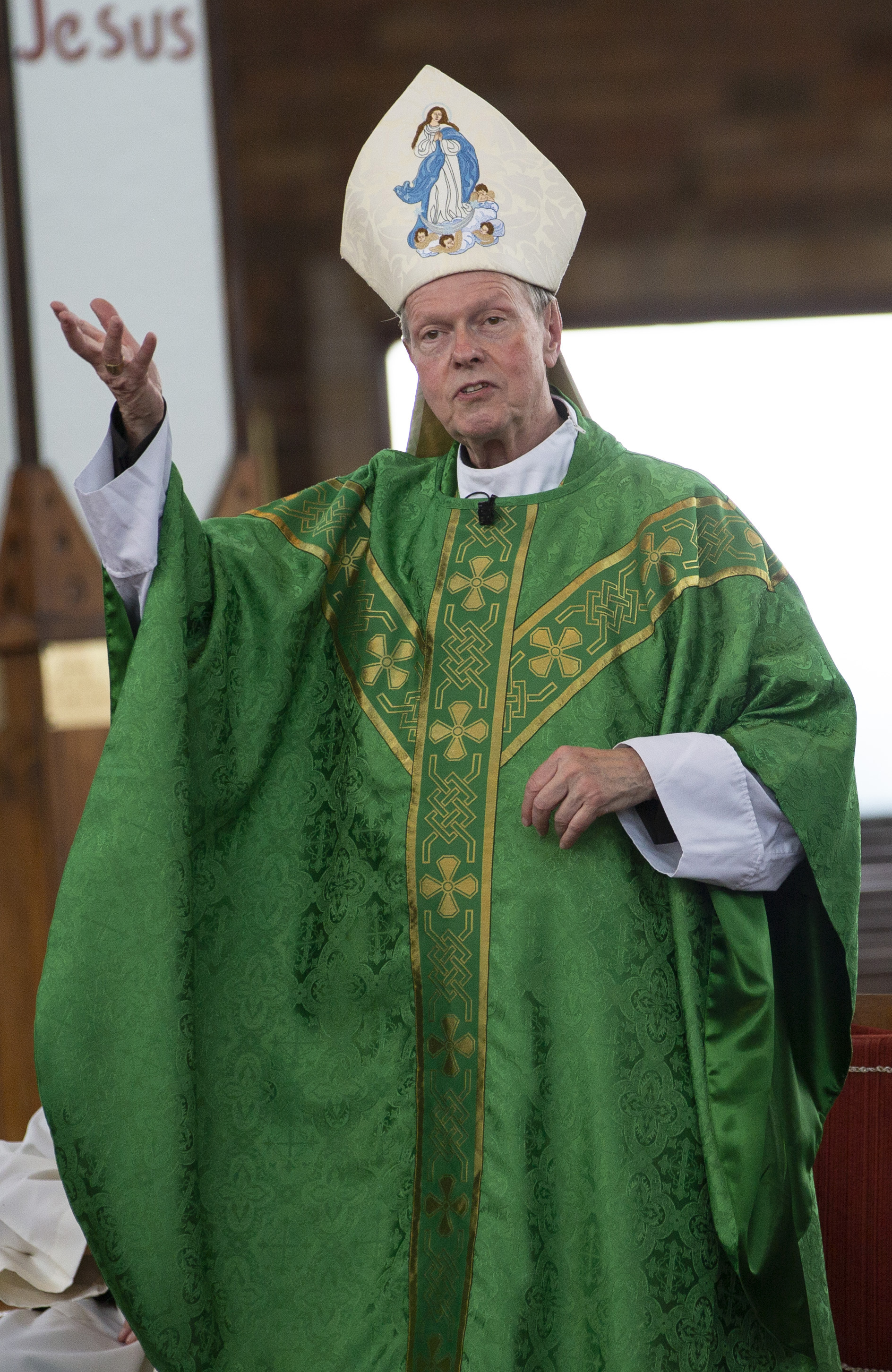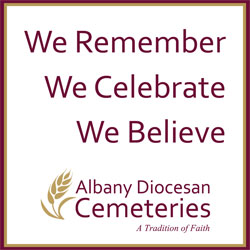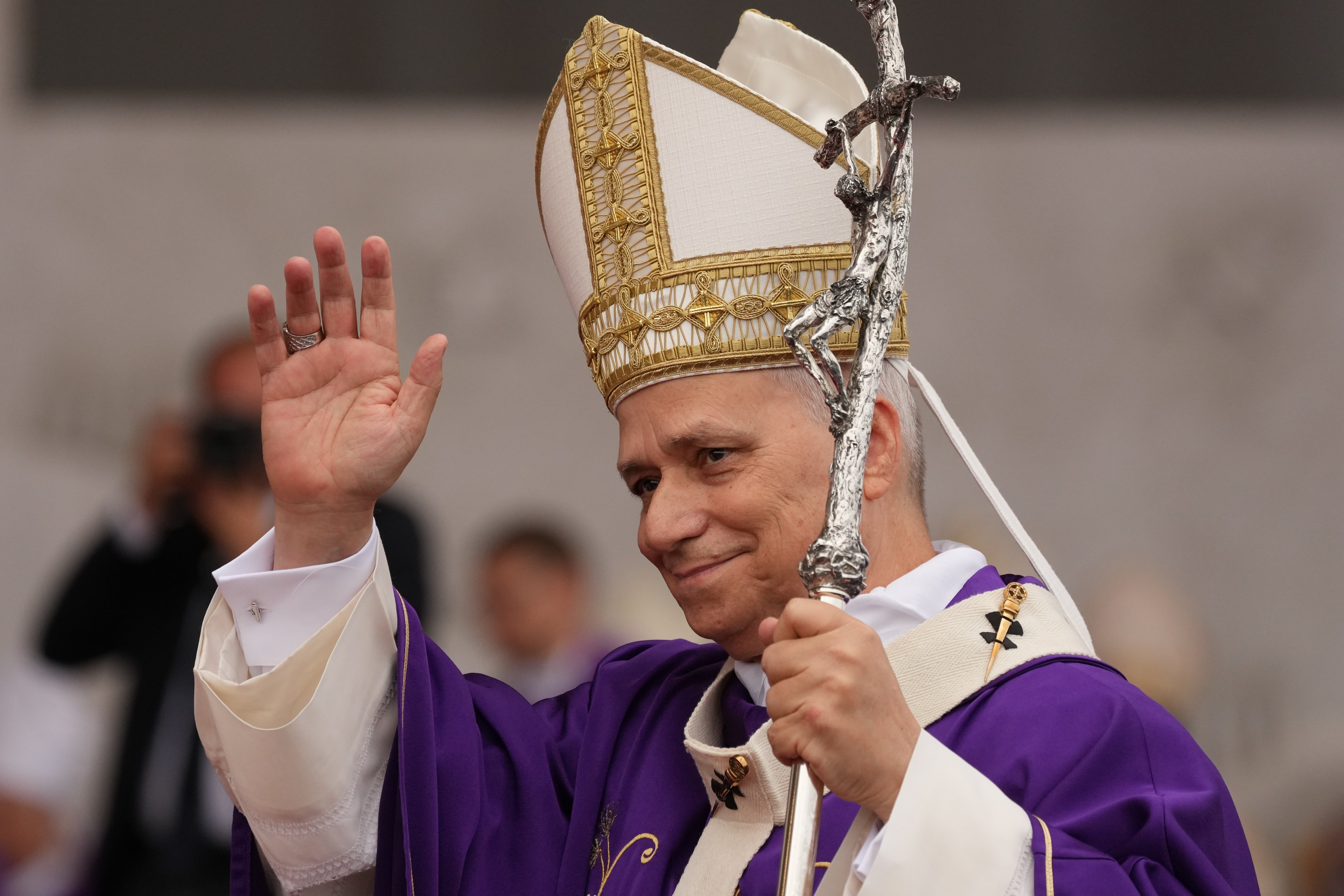October 17, 2018 at 2:05 p.m.
OUR NEIGHBORS’ FAITH
Holy Myrrhbearers: Orthodox monasticism
(Editor’s note: Mother Katherine is abbess of Holy Myrrhbearers Monastery in Otego, a women’s monastery of the Orthodox Church in America.)
Orthodox monasticism in America saw a rise in parish awareness and support in the middle of the 20th century, though it is still not as well-known or visible as monasticism to pre-Vatican II Catholics. Monasticism comes somewhat out of the “old world” ethos still held by many enthusiastic New World converts.
The Orthodox Church in America in particular — our jurisdiction — has pursued a goal of services in the vernacular. Our monastery, Holy Myrrhbearers, in Otego, was encouraged in its formative years around 1977 to incorporate many Gregorian chants into its daily services, especially matins and compline.
Orthodox monasteries — a term applicable to both men’s and women’s houses — are not divided into grouping like Benedictine, Carmelites and other Catholic religious orders. Each house is independent.
In a bid to remain solvent, most Orthodox monasteries resort to a particular “focus” of activities for acquiring operating expenses. Orthodox monasteries do not receive diocesan monies and few are endowed. Some engage in hosting pilgrims; others maintain livestock, such as goats, or market soaps and cheeses. Monasteries blessed with needlewomen create vestments and other liturgical regalia. Others make candles, write (paint) icons or package incense.
Holy Myrrhbearers Monastery participates in some of these activities on a greatly-reduced scale. One of our early models was the Benedictine Mount Savior Monastery, located by the Finger Lakes. Its ethos of land stewardship, integrating the rhythms of the agricultural year into a deeper spiritual understanding of God’s world and word, fit into our own circumstances and outlook in upstate New York.
We have a small, fully-appointed guest house for retreatants. We are not “enclosed” (cloistered), so we are plainly visible around the area and our neighborhood. We have a small online publishing operation for cards and liturgical texts. In the past, we’ve had knitters and iconographers. We maintain a small flock of wool sheep and a herd of dairy goats. You may see and purchase our woolen goods at the Oneonta Artisan Guild and Green Earth Store.
We would say that contemporary monasticism is integral to this time and place. We voluntarily pay local taxes to the town and school. We have provided a safe haven for battered women. Neighbors and tradespeople resort to us for prayer in time of crisis. Some members of our monastery vote and have been politically active in local referenda.
The basis of all this activity is the primary goal of knowing God and growing more into His likeness in the world. We are open to visitors and have an online presence at www.holymyrrhbearers.com.
A number of other Orthodox monasteries are also within the boundaries of the Albany Diocese: New Skete Monasteries in Cambridge (www.newskete.org), Savior’s Desert Skete in Treadwell, (www.mercyhousenyc.org) and Holy Trinity Monastery in Jordanville (www.jordanville.org).
- Sisters who manage school of kidnapped Nigerian children: ‘Your compassion became a lifeline’
- Venezuela strikes, takeover plans violate international law, says Notre Dame scholar
- Pope Leo, bishops react to US capture of Maduro with concern for Venezuela
- Washington Roundup: Trump drops National Guard deployment, Roberts says Constitution remains ‘firm’
- Kentucky, Wisconsin bishops issue statements affirming dignity of migrants
- Son of Catholic influencer, prayed for by thousands, dies
- Israel bans dozens of aid groups from Gaza, including Caritas, drawing condemnation
- Trump’s order and Pope Leo’s vision for regulating AI: Can they converge?
- ‘Be open to what the Lord has in store for you,’ Pope Leo tells SEEK 2026 attendees
- Become a member of the Magi







Comments:
You must login to comment.